Your search 'Patination pigments' did not match any products.
Showing results using some of your search terms 'Patination pigments'
Search results for 'pigments'
-
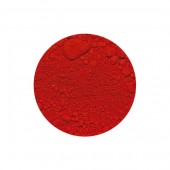
Vermilion Imitation Pigment
Starting at: £8.20
-
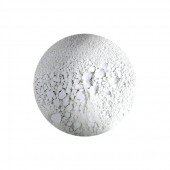
Titanium White Pigment
Starting at: £4.00
-
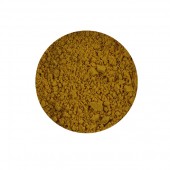
Stil de Grain
Starting at: £12.20
-
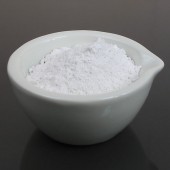
Precipitate Chalk
Starting at: £6.30
-

Dragon's Blood Pieces
Starting at: £25.40
-
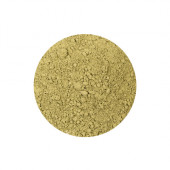
Green Earth Light Pigment
Starting at: £4.95
-
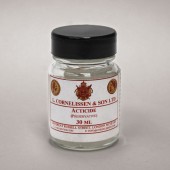
Acticide SPX
Starting at: £4.20
-
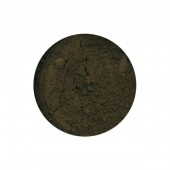
Raw Umber Greenish Pigment
Starting at: £4.80
-
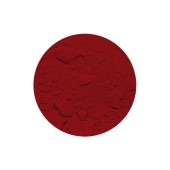
Cadmium Red Deep Pigment
Starting at: £15.00
-
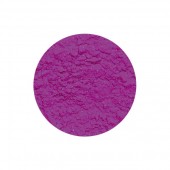
Cobalt Violet Light Pigment
Starting at: £10.00
-
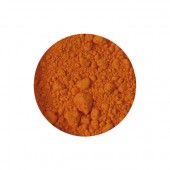
Cadmium Yellow Orange Pigment
Starting at: £4.50
-
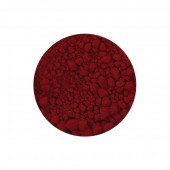
Carmine Red Genuine Pigment
Starting at: £10.00
-

Graphite Powder (Sri Lanka)
Starting at: £5.50
-
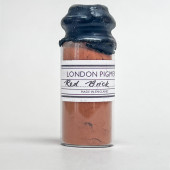
London Pigment, London Red Brick
£18.00 -
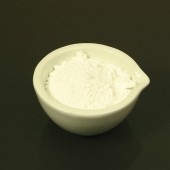
Alumina Hydrate Light
Starting at: £8.30
-
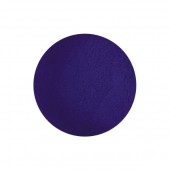
Prussian Blue Pigment
Starting at: £5.20
-
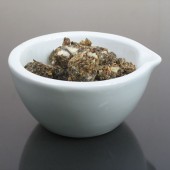
Gum Benzoin
Starting at: £14.70
-
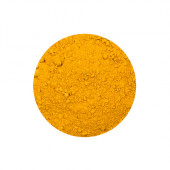
Yellow Ochre Light Pigment
Starting at: £4.96
-
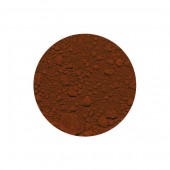
Red Ochre Pigment
Starting at: £4.00
-

Carnauba Wax Grey
Starting at: £8.40
-
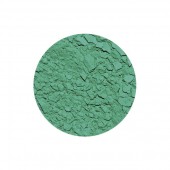
Cobalt Green Light Pigment
Starting at: £8.70
-
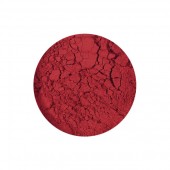
Quinacridone Red Pigment
Starting at: £5.50
-
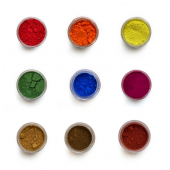
Small, 15ml Pigment sizes
Starting at: £4.00
-
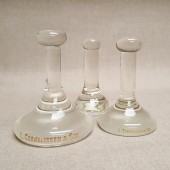
Cornelissen Glass Mullers
Starting at: £24.50
-

Gesso di Bologna
Starting at: £12.00
-
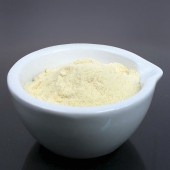
Powdered Rosin
Starting at: £13.90
-
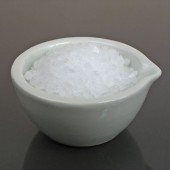
Paraffin Wax
Starting at: £6.60
-
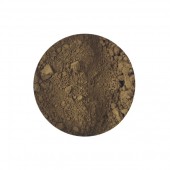
Burnt Umber Pigment
Starting at: £4.00
-
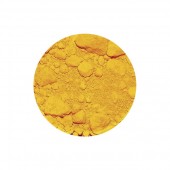
Cadmium Yellow Middle Pigment
Starting at: £6.30
-
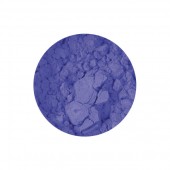
Smalt Light Pigment
Starting at: £5.20





